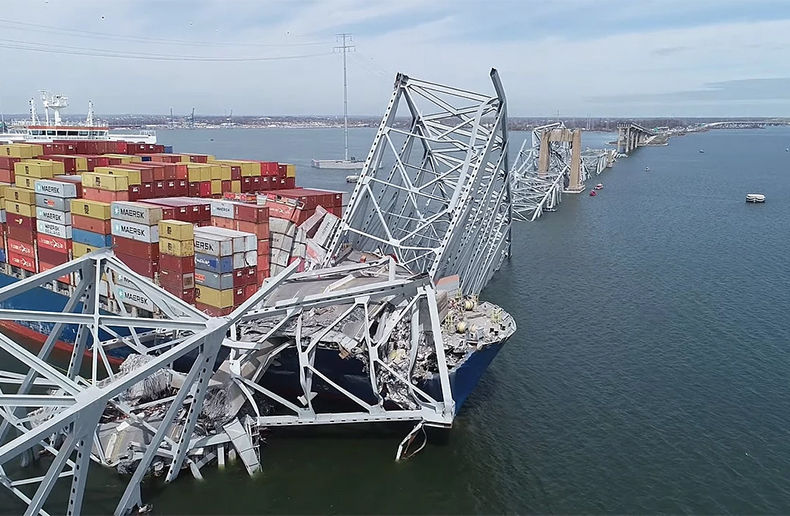Claim exaggerations are the most common form of fraud
By
Kate McCaffery
|
March 18, 2024, 10:26 a.m.

Photo: Adobe Stock
New survey examines fraud detection and prevention in the insurance industry globally.
This article is reserved to PRO Level subscribers
Discover the PRO Level
Already subscribed? Sign in >
Advertisement
The most popular in P&C
Make your business shine with Visibility360!
Get a PDF version to share in your networks.
I'm interestedHeadlines
Advertisement
Related topics …











